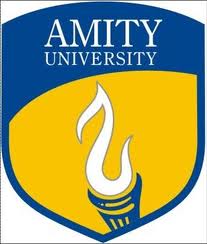Students of Ryan International School, Greater Noida participated in the Global Point Of View Project organised by Green Contributor and University of Erlangen, Nuernberg. The project was on the topic climate change in your region with participants from three countries i.e India, Germany and U.S.A. The project was conducted in three phases:
1. Getting to know each other- Students from the different countries prepared introductory videos and interacted on Facebook.
2. Working on the problem- Students identified the climatic problems in their region and figured out the causes for the problem and put the matter in a power-point presentation.
3. Discussing the problem worldwide- After preparing the presentation, the students exchanged their presentation and discussed the problems over the online discussion portal ‘Lo-Net2.de’
4. Planning concrete actions- Students from the different countries after going through the Climatic problems of all regions together formulated some steps to be implemented to eradicate the problems.
 Participants from USA, India and Germany at the summit
Participants from USA, India and Germany at the summit
The students of Ryan International School, Greater Noida always had a realisation about the deteriorating condition of the Global environment and they enthusiastically participated in the project with a desire to make a small positive change in the environment. The key idea was to sensitise students to look at global problems from various perspectives. The project involved studying issues, discussing/debating them, understanding differing perspectives/concepts of cooperation and brainstorming for solutions.
Living in the National Capital Region, Ryan students found that the most prominent climatic problem was the flooding of the river Yamuna and shared their presentation with the students of other participating countries like Zambia and together formulated some measures to eradicate the problem. They realized that the main cause was increasing global warming. As an extension to this project the students also participated in a project called the ‘Marine Project’ with a motive to save the water bio-diversity.
Shrishti Gupta of Ryan International School, Greater Noida got the opportunity to visit the Algalita Marine Center, California, USA as a part of this project. Aman Pandey of Ryan International School, Greater Noida got the opportunity to participate in the 32nd International Geographical Congress held atCologne, Germany from 25th August’12- 30th August’12 as he was invited by a leading European Publishing house.

Tackling Global issues together
Globalisation is a reality and models of this nature would definitely encourage cooperation amongst nations as Ryan Students had hands on experience in collaborating across time-zones. Global Point of View provided a platform for students to have an Intercontinental Exchange of ideas and perspectives to arrive at practical solutions towards a sustainable peaceful world. The project involved studying climate change and its practical impact. It has won accolades and been recognized with the prestigious award – Innovation in Global Collaborative Learning at an international front – World Education Summit 2012.




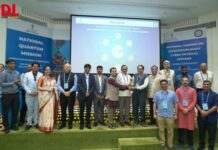


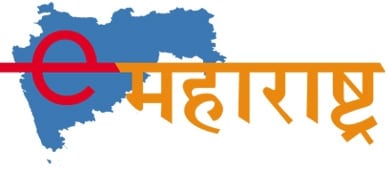

 Sanjeev Bhasin
Sanjeev Bhasin


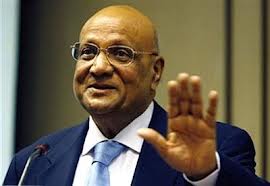
 Indian universities, which failed to make it to the top 200 World University Rankings, should draw inspiration from ancient academies like Nalanda to be recognised globally, says NRI industrialist Lord Swraj Paul.
Indian universities, which failed to make it to the top 200 World University Rankings, should draw inspiration from ancient academies like Nalanda to be recognised globally, says NRI industrialist Lord Swraj Paul.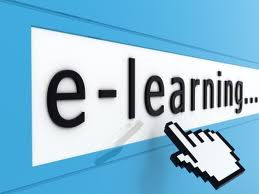
 Technopark-based educational technology research and development company Oztern on Tuesday launched a unique formula for effective e-learning.
Technopark-based educational technology research and development company Oztern on Tuesday launched a unique formula for effective e-learning.
 The allure of Indian B-schools, barring the top 25, is fading and the employability of management graduates is on a decline, says an expert.
The allure of Indian B-schools, barring the top 25, is fading and the employability of management graduates is on a decline, says an expert.
